I should start by saying that this AstrHori 28mm f/13 Macro 2:1 probe lens is probably the most unusual and specialist lens I’ve used in my 40-year photography career.
The AstrHori 28mm Macro lens is a probe-style lens which covers full frame sensors and boasts an impressive 2:1 macro ability – although its maximum aperture is f/13, so you need lots of light when using it. It is supplied in a small, metal flight case in two sections and when it is assembled, via a bayonet catch, it measures around 45cm (18-inches) long. It is entirely manual with the aperture ranging from f/13 to f/40, and the focusing ring, which also has gears to allow pull focusing when shooting video. The ring has a long throw from infinity to 0.484 metres, though this is measured from the camera’s focal plane as the front element comes very close to the subject at maximum magnification – I photographed some ice crystals on a frosty morning and the front element was around one centimetre away from them.
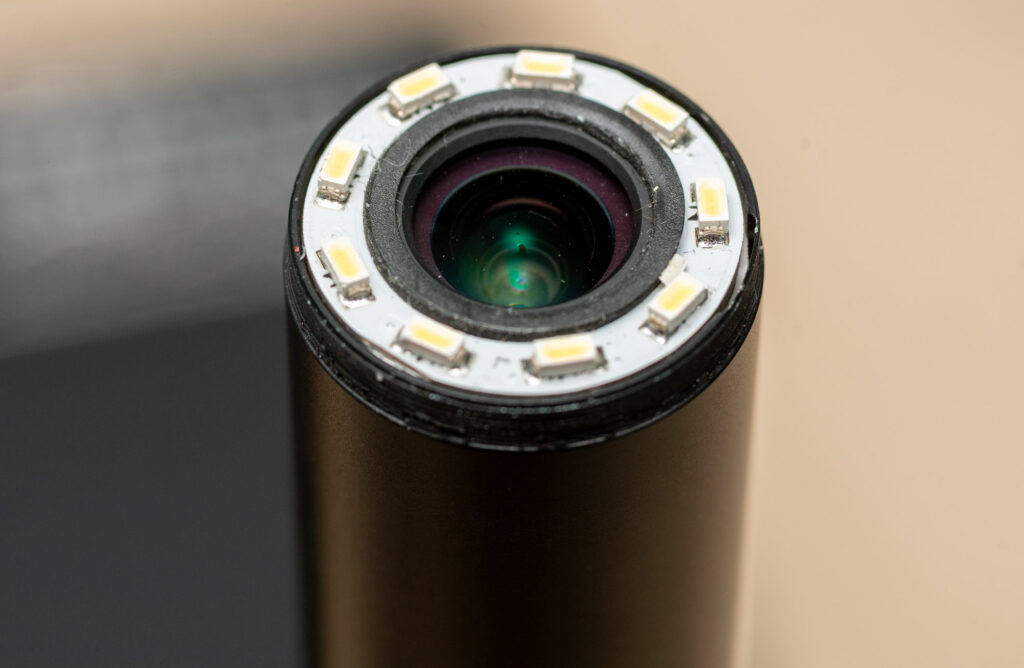
The lens comes with nine built-in LEDs around the small sapphire glass front element for extra illumination, though I didn’t use them as they require an external power supply (in my case a Hahnel NP-F type battery usually associated with Sony camcorders) plugged into a USB-C socket on the front section of the lens. The first 25cm of the lens is waterproof, though I didn’t put that to the test.
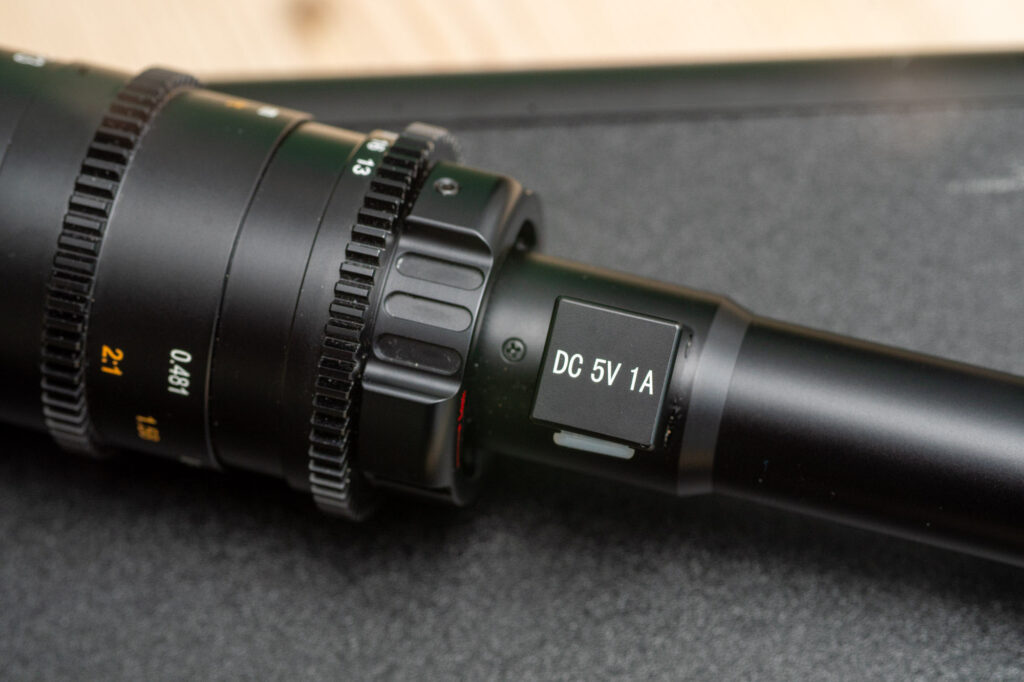
The AstrHori 28mm f/13 Macro 2:1 probe lens weighs around 700 grams/1.5 lbs and has a circular aperture with seven blades which can be seen at the front of the wider section of the lens when it is disassembled, though I have read criticism of the placement as the blades are exposed when the lens is apart and potentially susceptible to dirt ingress or damage.
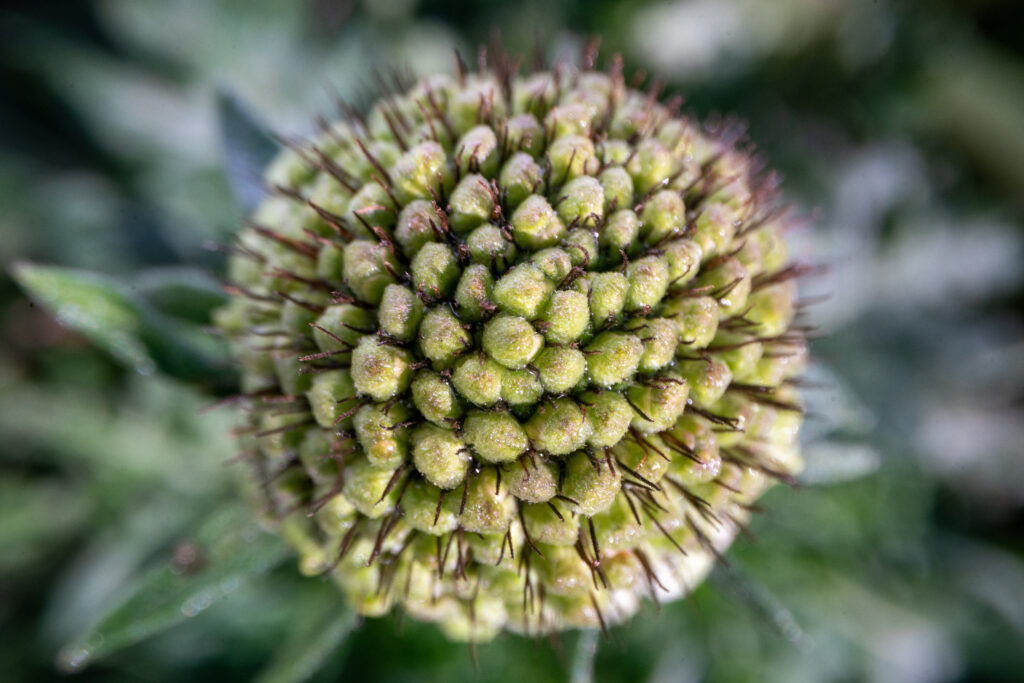
I quickly discovered that it’s almost impossible to use the AstrHori 28mm f/13 Macro without a tripod or other sort of camera support. Despite its 28mm focal length it behaved more like a telephoto lens, and no amount of image stabilisation on my Sony A9 could improve things. Also, because the depth of field is so small at close distances any slight movement meant the pictures were out-of-focus. Coupled with the small aperture I found myself having to use high ISO settings, around 3200, even on a bright morning to get a fast enough shutter speed to avoid camera shake.

You’ll need to make sure your camera’s sensor is very clean – shooting at close distances shows up any specs of dust and I had to spend quite some time in Lightroom to remove them.
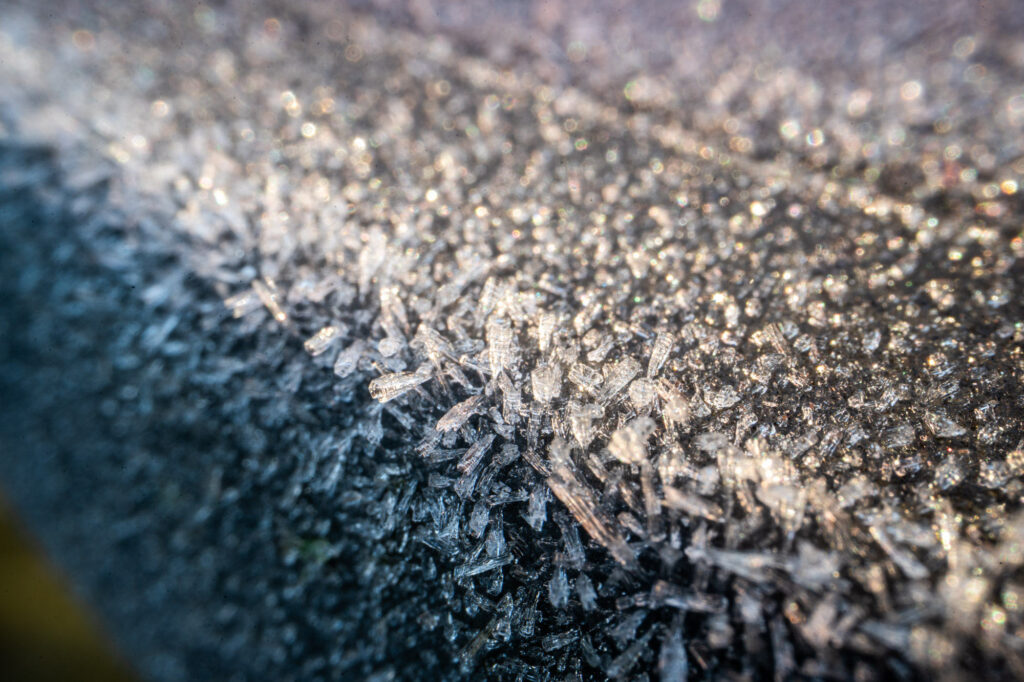
Unlike a traditional macro lens, which often have a short telephoto focal length, the AstrHori 28mm probe allows the photographer to focus closely on a subject but have a wide enough angle of view to put it into context with the background. The lens has 21 elements in 16 groups and is very sharp for macro work, but not so at infinity in my experience.
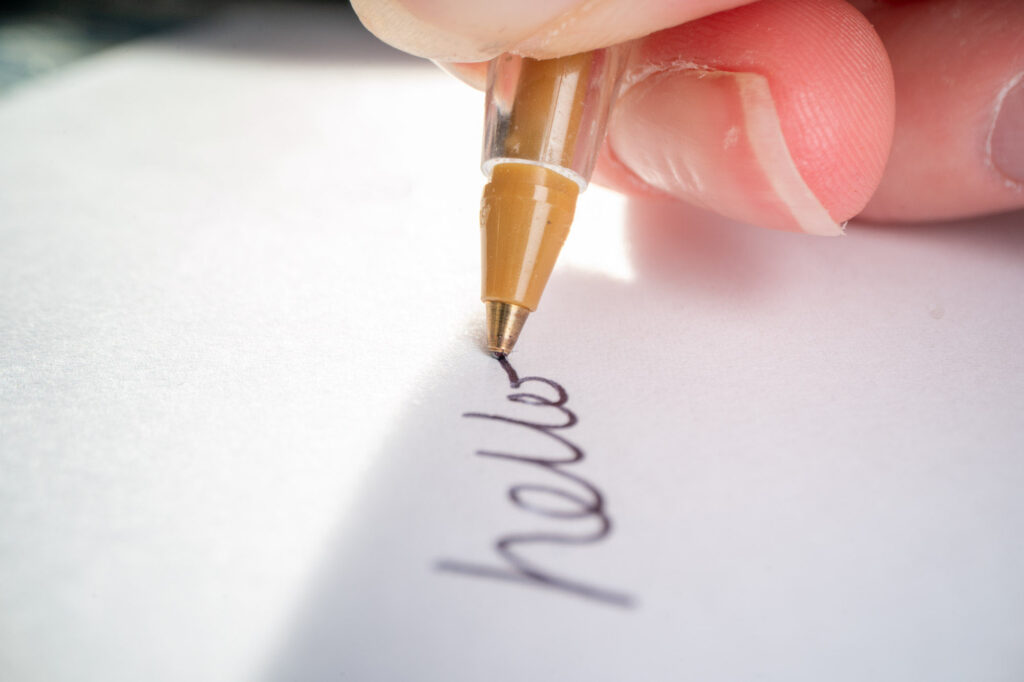
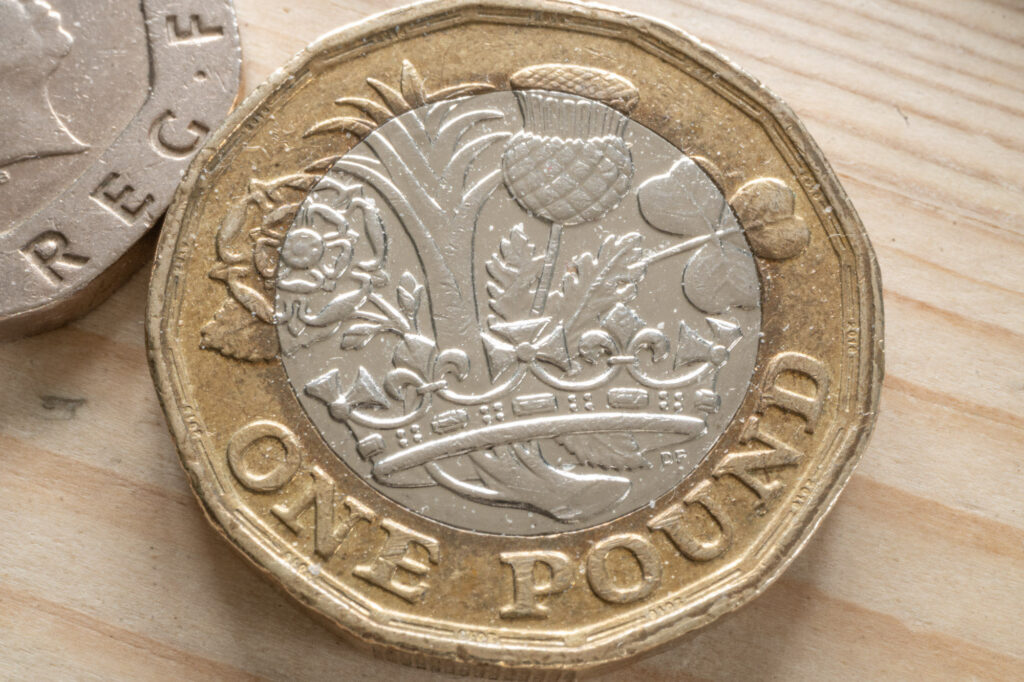
Where the AstrHori 28mm probe comes into its own is when it is used for complex video shots which couldn’t be achieved with a conventional camera and lens set-up. In the video below I used the probe lens on a Sony A7S III camera mounted on a motorised video slider which allowed me to control the speed of the movement. By moving backwards on the slider, it revealed more and more details in the frame until it reached the final composition.
Having searched on YouTube, these probe lenses are used by natural history videographers, even revealing details inside a plant or flower where a conventional lens wouldn’t fit. There are also examples of highly polished food videos with the front of the lens moving through the hole in a doughnut!
This really is a specialist lens, but if you need it for its unusual capabilities, you won’t be able to live without it. AstrHori manufactures the lens in Sony E mount; Nikon F; Nikon Z; Fuji X; Canon RF; Canon EF and even PL mount for cinematographers. At the time of writing, it retails for £899 on Amazon UK.
Ultimately, this lens is unlike anything I’ve ever used before. It took me out of my photographic comfort zone and made me think about how to get the best from it and to work out the best scenarios in which to use it.
Share this post:
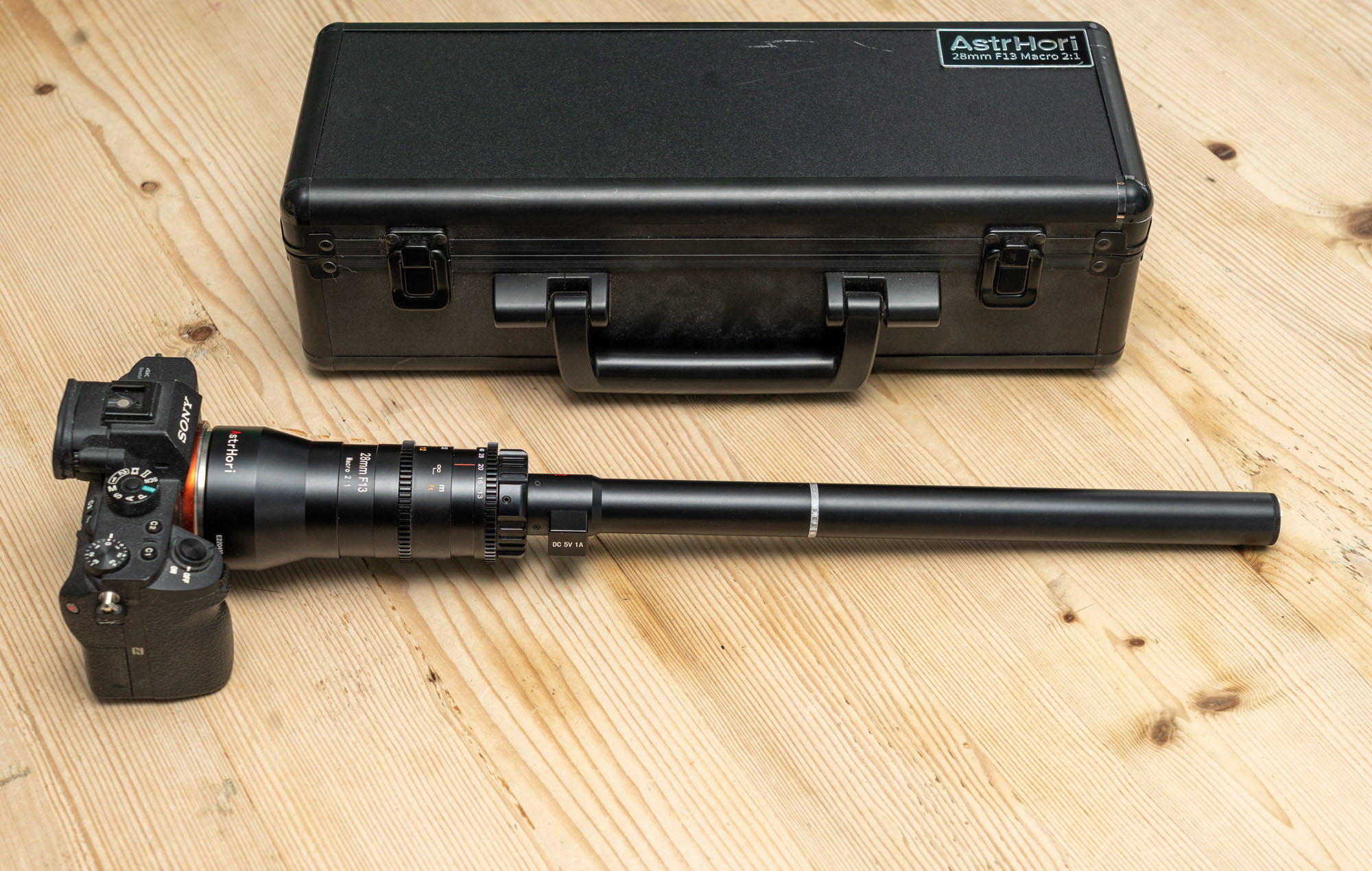
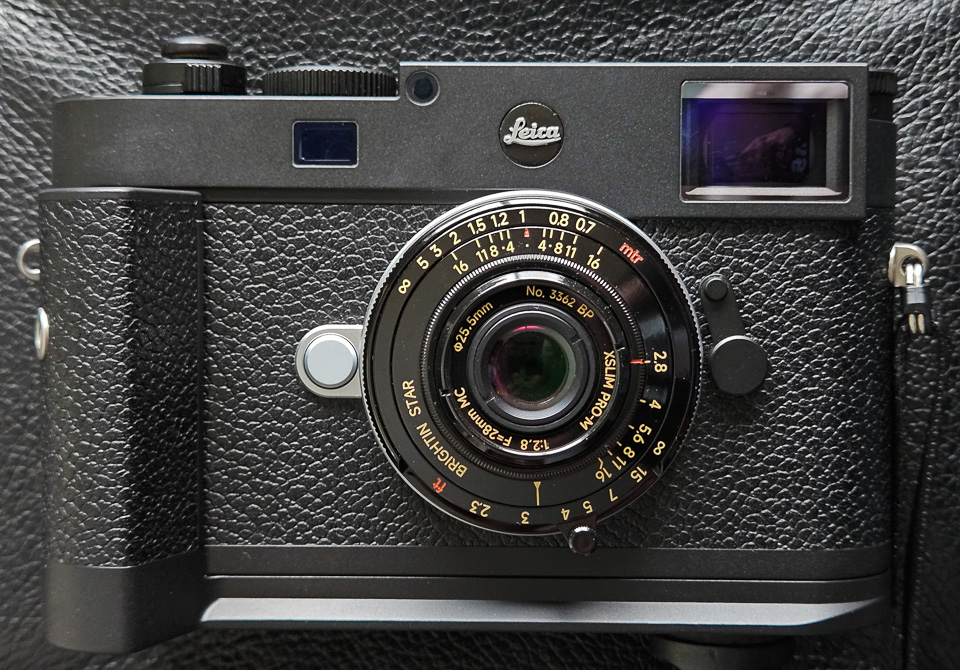
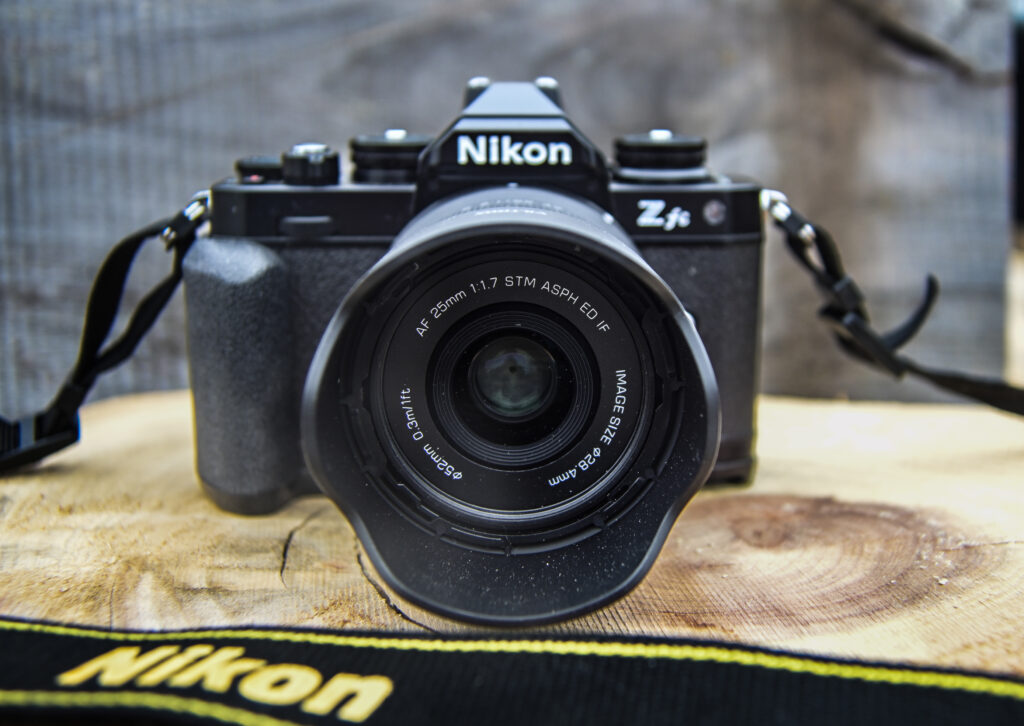
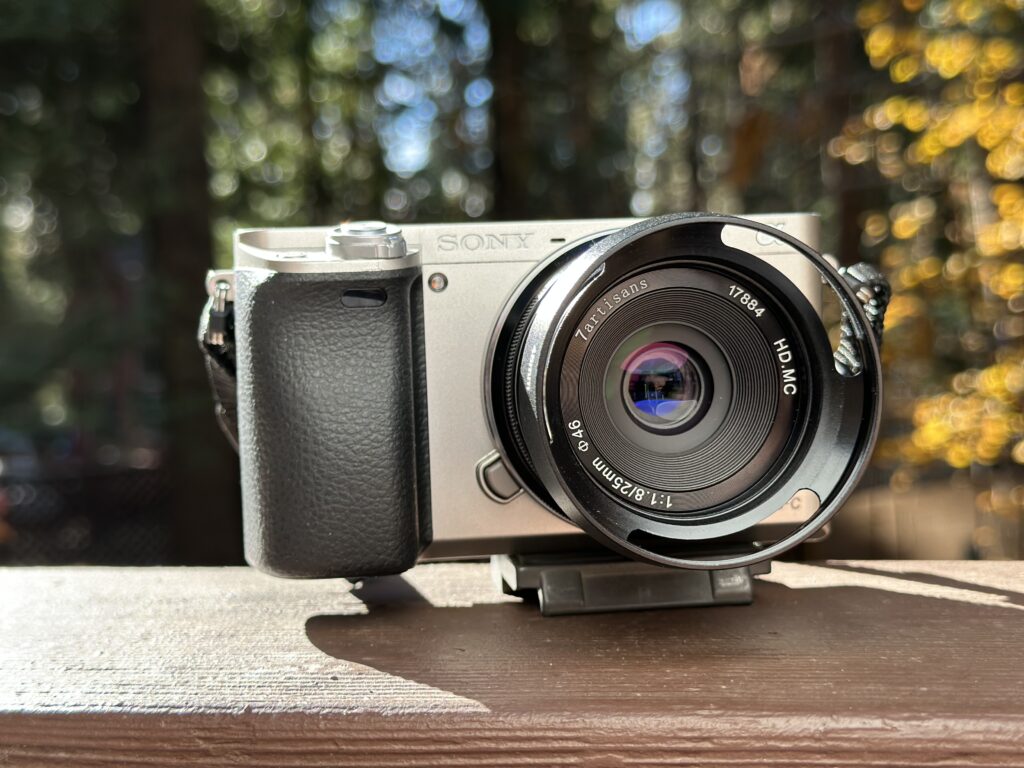
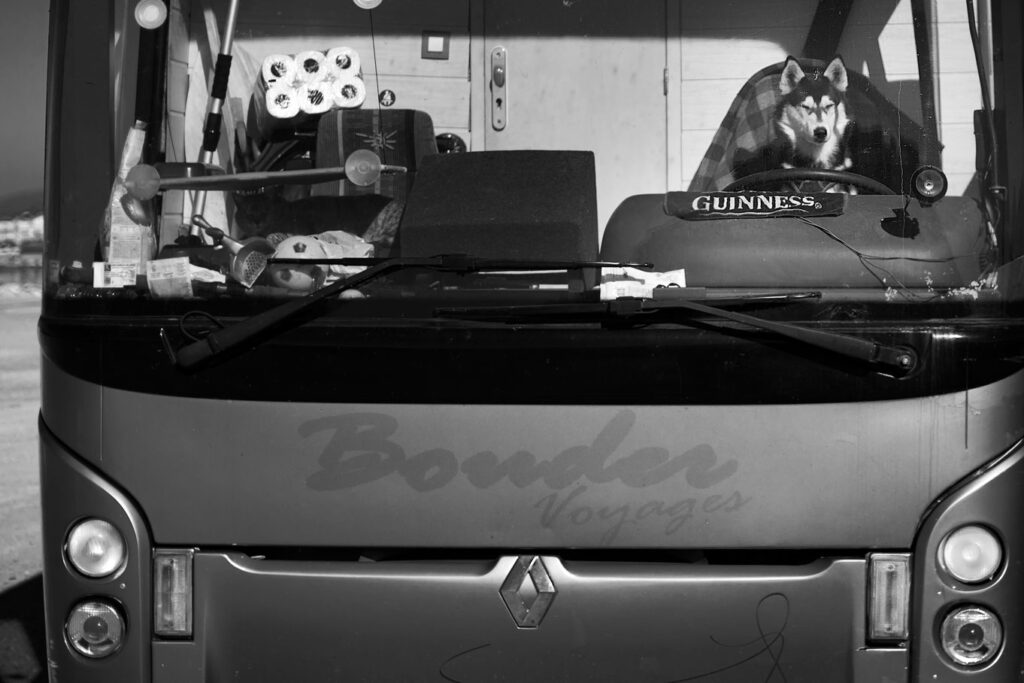
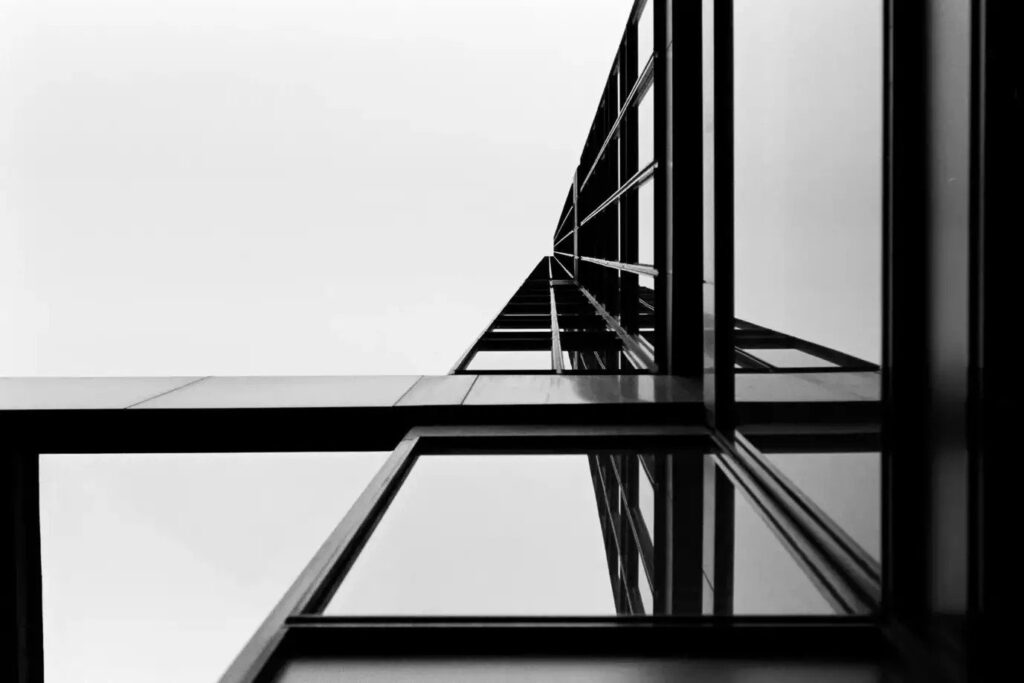
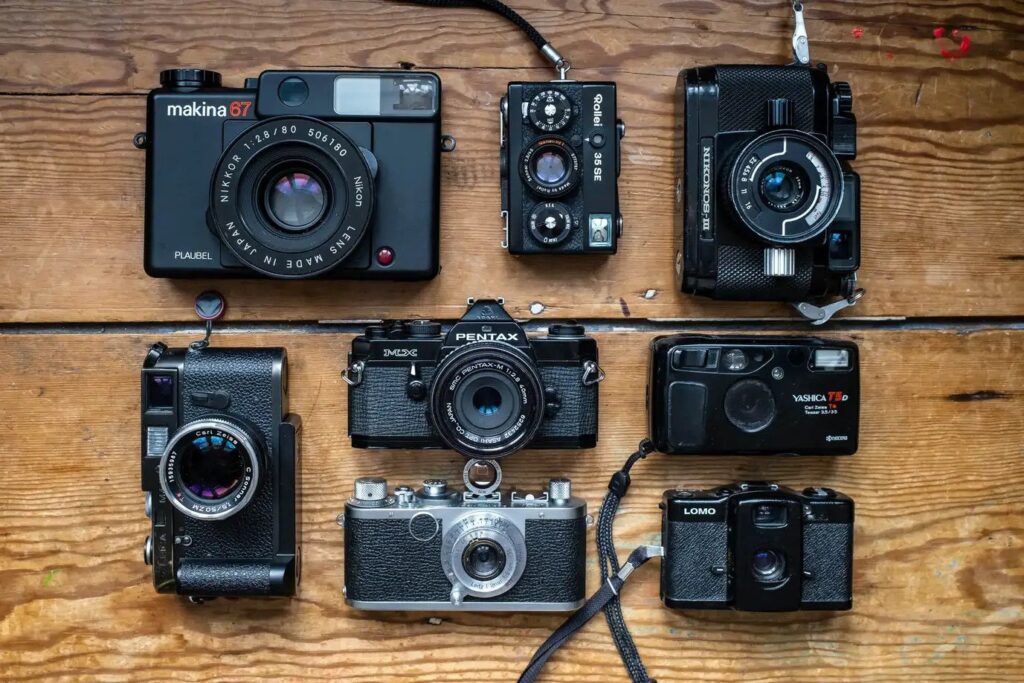
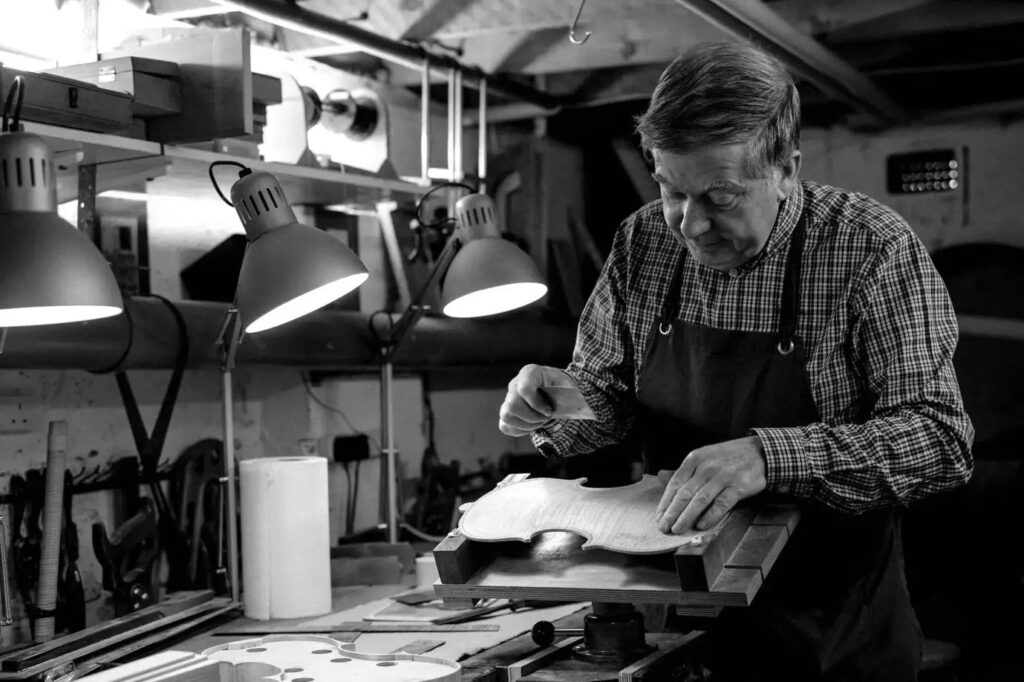
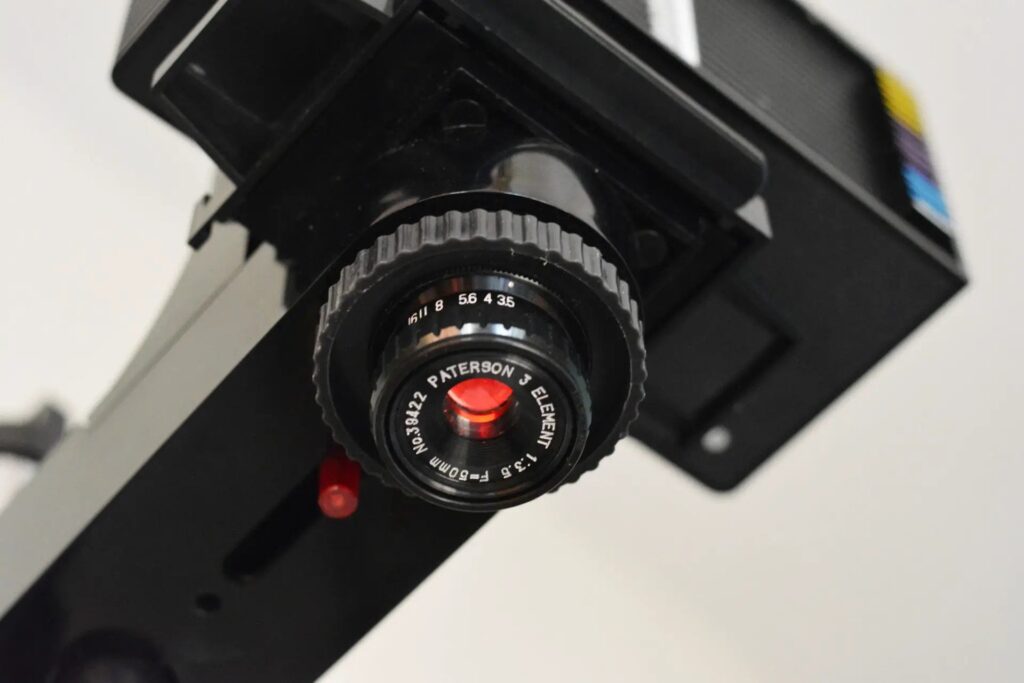
Comments
Gary Smith on AstrHori 28mm f/13 Macro 2:1 probe lens review
Comment posted: 28/03/2025
The probe macro seems to be very specialized. Do you have other macro lenses? I picked up a Canon FD 75-200 zoom which allows for macro shooting while set at 75. To date I have been unwilling to waste film trying macro shots with the lens.
I shot quite a lot using the a-mount 100/2.8 macro on my Sony a65 and I do have a macro for my m43 (and have tried the auto capabilities, but was unimpressed). I have a 50/2.8 e-mount that I use to shoot negatives to get them into digital format.
Thanks for your post!
Comment posted: 28/03/2025